How to Use 3D Printing in STEM Classes
Gone are the days when students could only print on traditional two-dimensional paper. The world of 3D printing is opening up new doors in the classroom setting. With the invention of this technology, teachers can bring lessons to life in a new way that was previously inaccessible. Most classes could benefit from the addition of a 3D printer, but STEM classes can uniquely utilize this new opportunity. The ability to design and physically create small models can be invaluable in these STEM-based courses.

How can educators make the most of the 3D printer in their classroom? Here are just a few ways that this technology can create a more realistic and hands-on lesson to further a child’s grasp of essential concepts.
- 0 Comments
- Dec 9, 2019 10:00:00 AM
- Posted by Natalia Galvis
- Topics: Robotics, EdTech, Education, Robots,, Edchat, 3D-Printer
7 Examples of Project-Based Learning Activities
Even if you have never heard about all the research showing the effectiveness of project-based learning, it’s not hard to figure out that it is a far more engaging way to learn than through traditional methods. What’s not to love about engaging with a real-life problem or question and applying content knowledge and connections to various disciplines to solve it?
If you’re stuck for ideas, here are a few great ones to get you started.
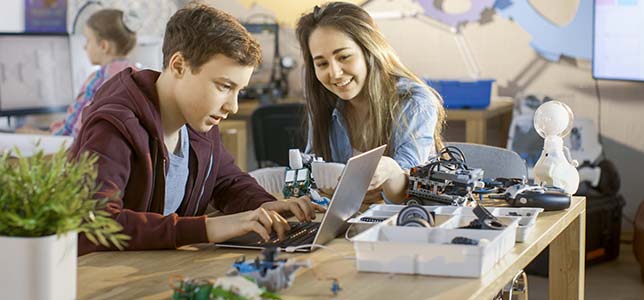
- 1 Comments
- Dec 6, 2019 10:10:00 AM
- Posted by Natalia Galvis
- Topics: Robotics, EdTech, Education, Problem Based Learning (PBL), Robots,, PBL, Edchat
Using Digital Storytelling to Amplify your Students' Voices
Digital storytelling is a fantastic way to implement technology and digital literacy into the classroom. Plus, it teaches valuable skills in a way your students will love! According to Educause Learning Initiative, “Digital storytelling is the practice of combining narrative with digital content, including images, sound, and video, to create a short movie, typically with a strong emotional component.”
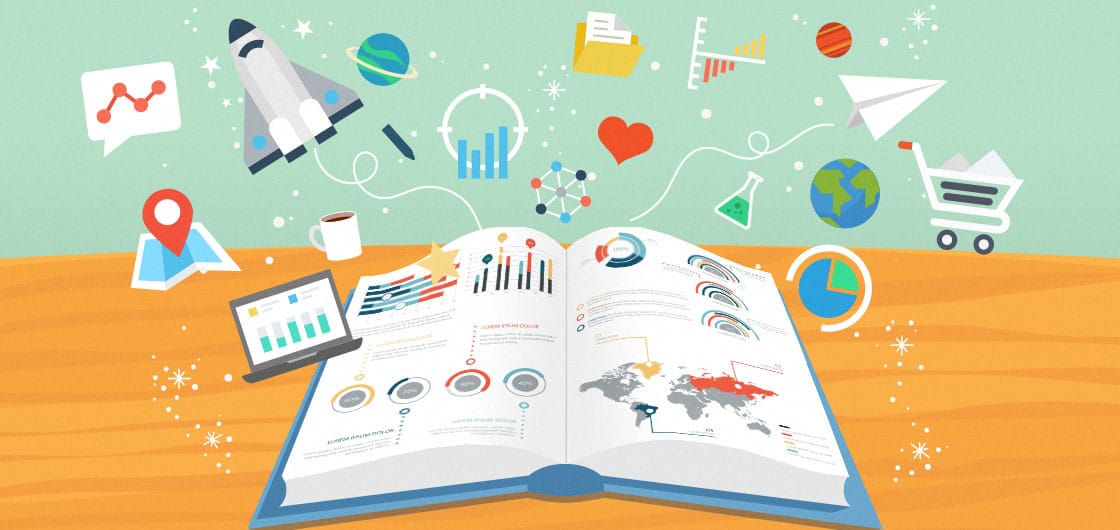
Since your students are already using social media, memes, and gifs in their daily lives to tell stories, it is the perfect time to teach students how to use digital storytelling in a meaningful way. Teachers can use digital storytelling to teach students the art of storytelling while allowing students to take ownership of their stories with their own voices. Here are all of the ways that you can use digital storytelling to amplify your student’s voices.
- 0 Comments
- Dec 5, 2019 10:10:00 AM
- Posted by Natalia Galvis
- Topics: Robotics, EdTech, Education, Robots,, Edchat, storytelling
How to Get Started Teaching Coding
I first learned about coding and computer science (CS) in college about 20 years ago. Looking back, not much has changed in the foundational concepts or core practices in CS. What has changed is who can teach it and where it can live in the curriculum—today educators in any subject can teach coding.
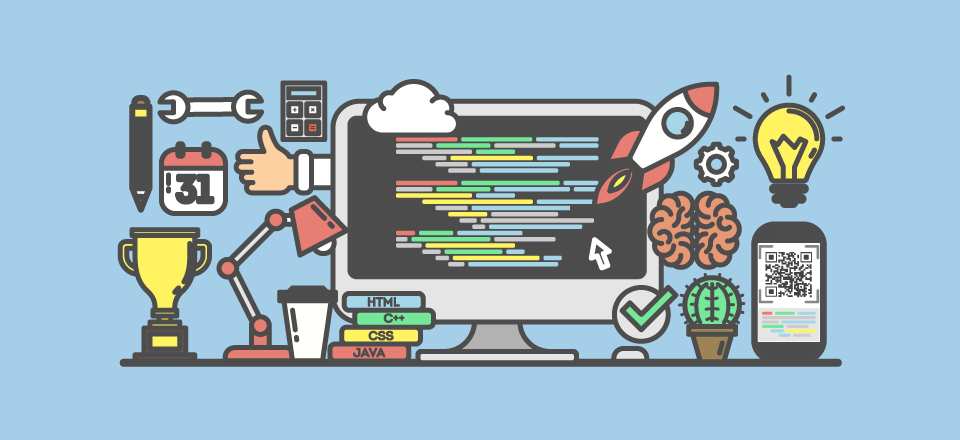
- 0 Comments
- Dec 4, 2019 10:10:00 AM
- Posted by Natalia Galvis
- Topics: Robotics, EdTech, Education, Coding, Codificación, Edchat
Teaching Math with Technology: 8 Virtual Resources
Research shows that teachers can integrate technology to help students grasp mathematical procedures and develop advanced mathematical proficiencies. The National Council of Teachers of Mathematics (NCTM) added that technological tools are necessary for engaging students. What types of technology can be implemented into mathematics classrooms? The following section offers several ideas that can help when teaching math to kids.
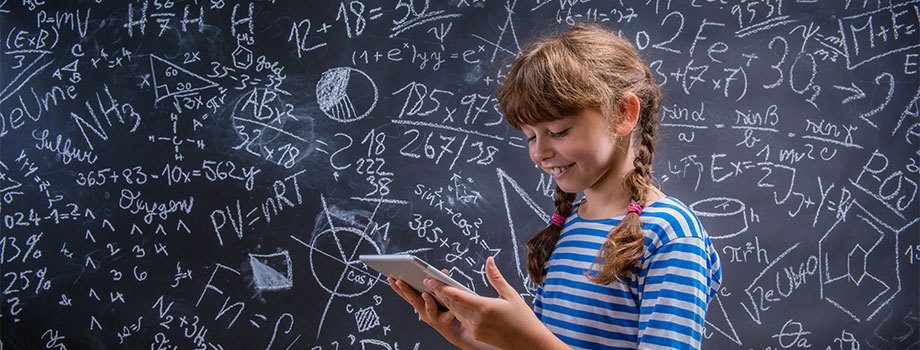
- 0 Comments
- Dec 3, 2019 10:15:00 AM
- Posted by Natalia Galvis
- Topics: Math, Robotics, EdTech, Education, Mathematics, Edchat
A Vision For the Future of Virtual Reality in Education
Virtual Reality (VR) is slowly taking over our entertainment industry. But what are the implications for other areas of our lives, such as business, health, and even…education? While the educational realm generally takes longer than anyone else to embrace new technology, VR brings many implications for the schools of tomorrow.
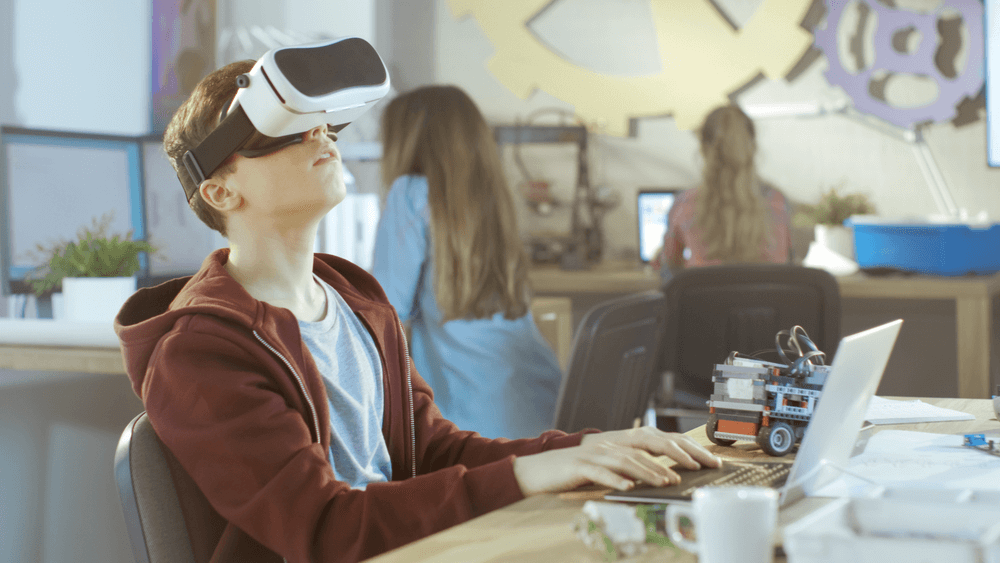
Here are some ways in which VR might change the face of education in the future.
- 0 Comments
- Dec 2, 2019 10:10:00 AM
- Posted by Natalia Galvis
- Topics: EdTech, Education, Expeditions, Realidad Virtual, Edchat
What will AI and robotics mean for higher education?
The world around us is getting “smarter.” Artificial intelligence (AI), data, and natural language processing have enabled Alexa, Siri, Pandora, Netflix, Facebook, Google, Amazon, Waze, and other platforms to become part of our lives. Both AI and robotics are projected to have a massive impact on the global economy. While anticipated improvements in GDP and efficiency are positive, some fear that jobs will be lost through automation. What will AI and robotics mean for higher education? Will automation affect colleges and universities?

- 0 Comments
- Nov 27, 2019 10:30:00 AM
- Posted by Natalia Galvis
- Topics: EdTech, Education, Computer Science, Edchat, Computational thinking
Computer Science in K-12 Classrooms Needs to Catch Up
It’s estimated that in the next decade the number of computer science jobs in the U.S. will outnumber qualified people by 1 million. That’s 1 million jobs for the taking that Americans will miss out on because of inadequate skill sets. Despite this, only 10 percent of K-12 classrooms have computer science programs. So what gives?

- 0 Comments
- Nov 26, 2019 10:00:00 AM
- Posted by Natalia Galvis
- Topics: EdTech, Education, Computer Science, Edchat, Computational thinking
Funding Education Innovation: 3 Ways To Get it Right
There’s no doubt that education innovation is a pressing issue in our country today. As societal needs continue to evolve, educational reform should follow in order to meet those needs. One of the most impactful ways to respond to the evolution of needs is education innovation, and there is a way to do it.
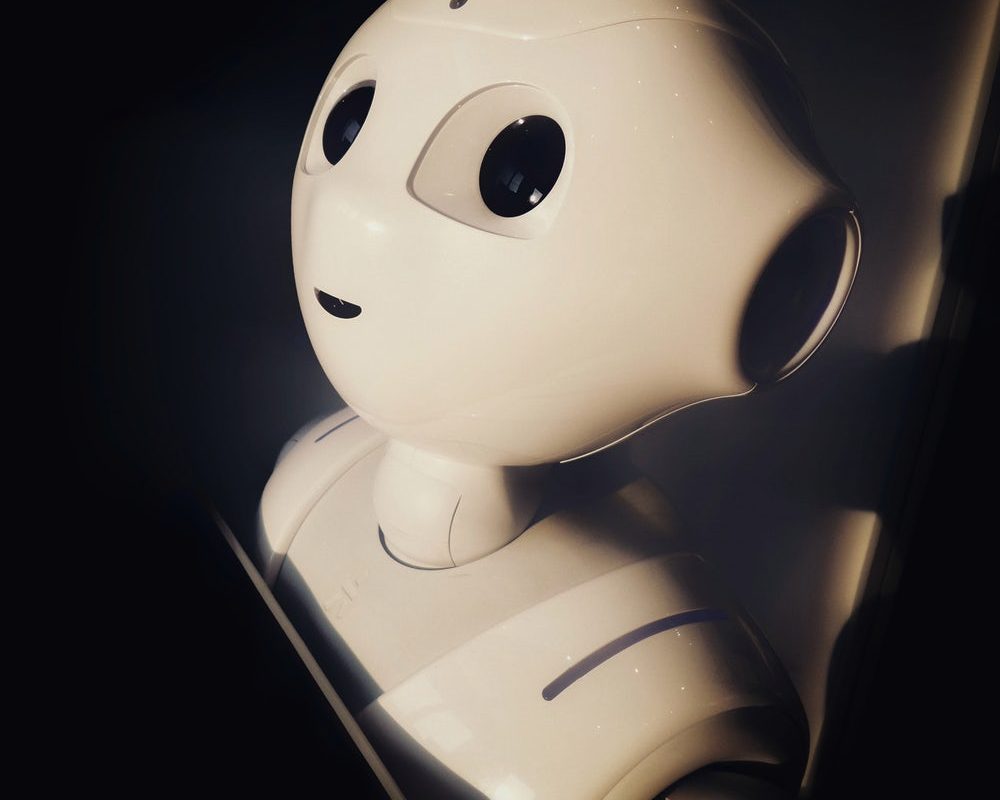
- 0 Comments
- Nov 25, 2019 10:00:00 AM
- Posted by Natalia Galvis
- Topics: Robotics, EdTech, Education, Robots,, Technology, Innovation, Edchat
Kids Learn Better When Playing with Robots
For many students, math and science have always been boring subjects, too bogged down with technical details to ever be fun or exciting. Teachers have long tried a variety of strategies to get students excited about STEM. It turns out, one of the best ways to get kids pumped about STEM is through the use of robots.
Robots are naturally fun and exciting for kids. When they think of robotics, they might think of their favorite cartoons or superheroes. Learning how they can actually build and use robots is a great way to incorporate STEM into the curriculum without losing students’ interest.
The use of robotics is on the rise in today’s world, and allowing students to play with robots and learn how they work can have huge benefits for them. Not only does it give them a head start in subjects like computer programming, math, and science, it can also spark an interest in careers students may have never considered before.
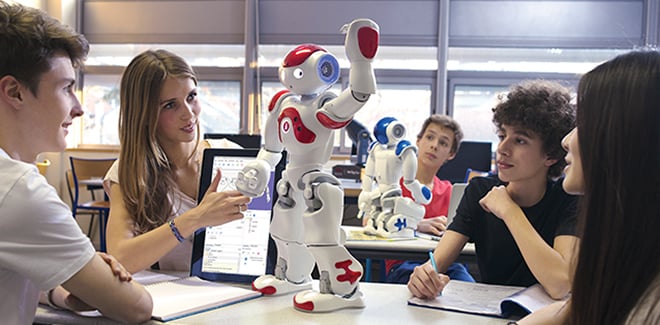
- 0 Comments
- Nov 22, 2019 10:15:00 AM
Relevant Posts
Popular Posts
Subscribe to Email Updates
-
I Want To Learn MoreADDITIONAL INFORMATION


